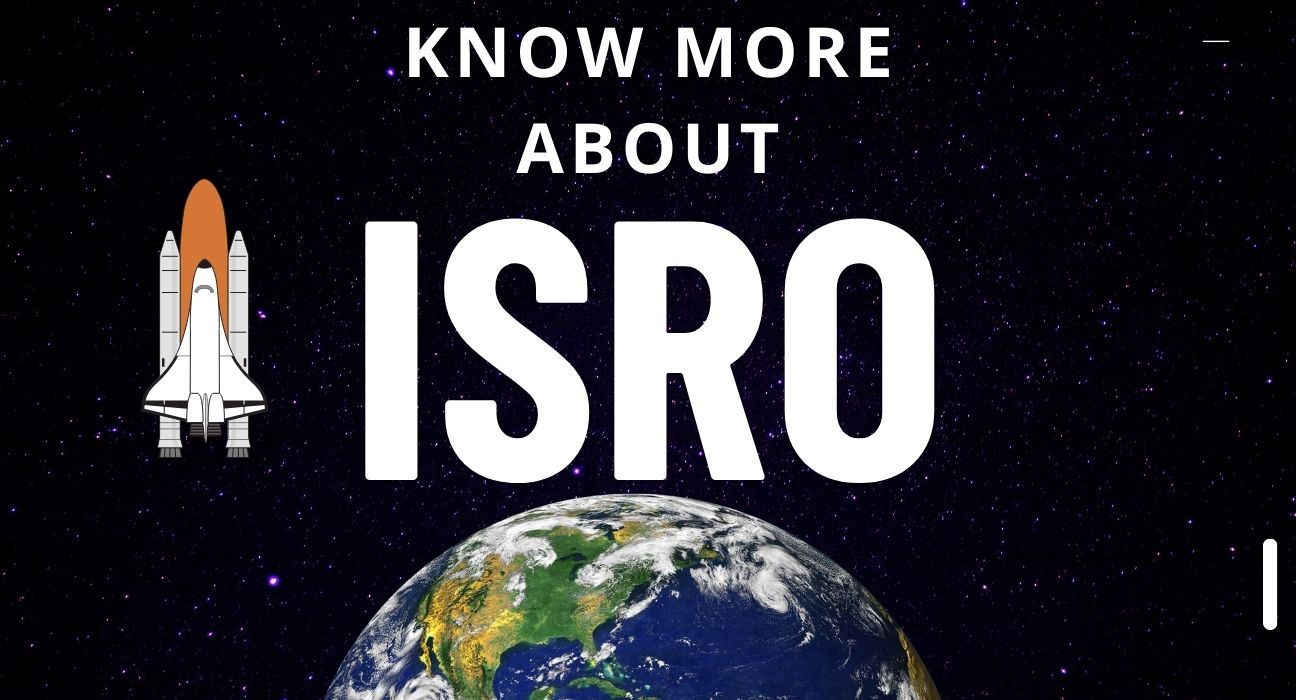Introduction to the Indian Space Research Organisation
The Indian Space Research Organisation (ISRO) has steadily positioned itself as a vital force in the international space arena. Founded in 1969, ISRO’s core mission has been to apply space technology for national development and advance space science and planetary exploration. The organisation’s journey from modest beginnings to its current prominence has been marked by an unwavering commitment to innovation and efficiency. ISRO has pioneered cost-effective solutions and successfully executed numerous missions, reinforcing India’s prowess in scientific and technological domains. Over the decades, ISRO has built a robust infrastructure for satellite launches and space missions, earning global recognition and respect.
Landmark Space Endeavours
One of ISRO’s earliest accomplishments was the launch of Aryabhata, India’s first satellite, in 1975. Over the years, ISRO has embarked on numerous significant missions, with the Chandrayaan series being particularly noteworthy. Chandrayaan-1, launched in 2008, was a pioneering mission that contributed to lunar science, including the discovery of water molecules on the Moon. Chandrayaan-2, launched in 2019, aimed to further India’s lunar exploration by attempting a landing near the Moon’s south pole. Although the lander mission faced challenges, the orbiter continues to provide valuable data.
ISRO’s Mars Orbiter Mission (Mangalyaan), launched in 2013, was another major milestone, marking India’s first interplanetary mission. It successfully entered Mars orbit on its maiden attempt, making India the first Asian nation to achieve this feat. Mangalyaan provided crucial data on the Martian atmosphere and surface.
Additionally, ISRO has advanced its Earth observation capabilities with missions such as the Cartosat series, enhancing disaster management and resource planning. The RISAT series has improved all-weather surveillance and reconnaissance. Each mission has not only showcased India’s growing expertise in space technology but also contributed valuable scientific and practical insights.
Progress in Satellite Technology
ISRO has significantly advanced satellite technology, especially in developing launch vehicles. The Polar Satellite Launch Vehicle (PSLV) has earned a reputation for its reliability and precision, making it instrumental in deploying satellites for various applications, including communication, navigation, and earth observation. The Geosynchronous Satellite Launch Vehicle (GSLV) has enabled India to launch heavier payloads into geosynchronous transfer orbits, expanding the country’s capabilities in space missions.
Beyond launch vehicles, ISRO has innovated in communication and remote sensing satellites, which have proven essential for diverse applications such as weather forecasting, agricultural monitoring, and disaster management. The Indian National Satellite System (INSAT) and the GSAT series have enhanced telecommunication, broadcasting, and broadband services across India. Additionally, the Navigation with Indian Constellation (NavIC) system provides accurate position information services over India and the surrounding region.
ISRO’s advances in satellite technology have also facilitated international collaborations, allowing the organisation to launch satellites for other countries, thereby fostering global cooperation in space exploration. These technological strides reflect ISRO’s commitment to leveraging space technology for practical benefits, driving progress in various scientific and societal domains.
The Mars Orbiter Mission
The Mars Orbiter Mission (Mangalyaan), launched in 2013, stands as one of ISRO’s hallmark achievements in space exploration. This mission marked India’s pioneering step into interplanetary exploration, successfully reaching Mars orbit on its first attempt. Mangalyaan’s journey to the Red Planet showcased ISRO’s prowess in executing complex space missions with limited resources. The mission provided invaluable insights into the Martian surface and atmosphere, contributing significantly to global scientific knowledge. Equipped with five scientific instruments, Mangalyaan captured detailed images and analysed the Martian atmosphere, studying its composition and monitoring seasonal changes. The mission’s success also highlighted ISRO’s capability in developing and managing cost-effective space technology, earning it international acclaim. Through Mangalyaan, ISRO demonstrated that ambitious space exploration is achievable even with stringent budgets, setting a new benchmark for future missions.
Participation in International Space Initiatives
ISRO has made significant strides in international space initiatives, establishing itself as a key player on the global stage. By offering cost-effective launch services, ISRO has successfully launched satellites for various countries, fostering international cooperation and generating revenue. These services have positioned India as an attractive partner for nations seeking reliable and economical satellite deployment.
Collaborations with major space agencies like NASA and ESA have furthered ISRO’s reach and capabilities. Joint missions and research projects have enabled the exchange of scientific knowledge and technological expertise, leading to advancements that benefit the global community. For instance, ISRO’s work with NASA on the NISAR mission aims to observe Earth’s land and ice surfaces, providing critical data for climate change studies.
In addition to bilateral collaborations, ISRO has engaged in multi-national projects, contributing to global efforts in space science and exploration. The organisation’s involvement in the United Nations Committee on the Peaceful Uses of Outer Space (COPUOS) underscores its commitment to international norms and peaceful space activities.
ISRO’s international partnerships have also included educational and capacity-building initiatives, aiding developing countries in building their own space capabilities. By sharing its expertise and infrastructure, ISRO plays a pivotal role in nurturing a global space community that is more inclusive and cooperative. Through these efforts, ISRO continues to enhance its global standing while contributing to the collective advancement of space exploration and technology.
Future Prospects and Expeditions
ISRO is set to embark on a series of exciting missions that will further its legacy in space exploration. Gaganyaan, India’s maiden manned mission, aims to showcase the nation’s human spaceflight capabilities. The organisation also plans to venture into solar and planetary exploration with missions to study the Sun and Venus, providing critical insights into our solar system. Emphasis on eco-friendly technologies reflects ISRO’s commitment to sustainable practices, aligning with global efforts to mitigate space debris. Additionally, ISRO is focused on enhancing its satellite and launch vehicle technologies to support future exploratory and commercial endeavours. These initiatives will not only advance scientific knowledge but also bolster India’s standing in the global space community.








Leave feedback about this